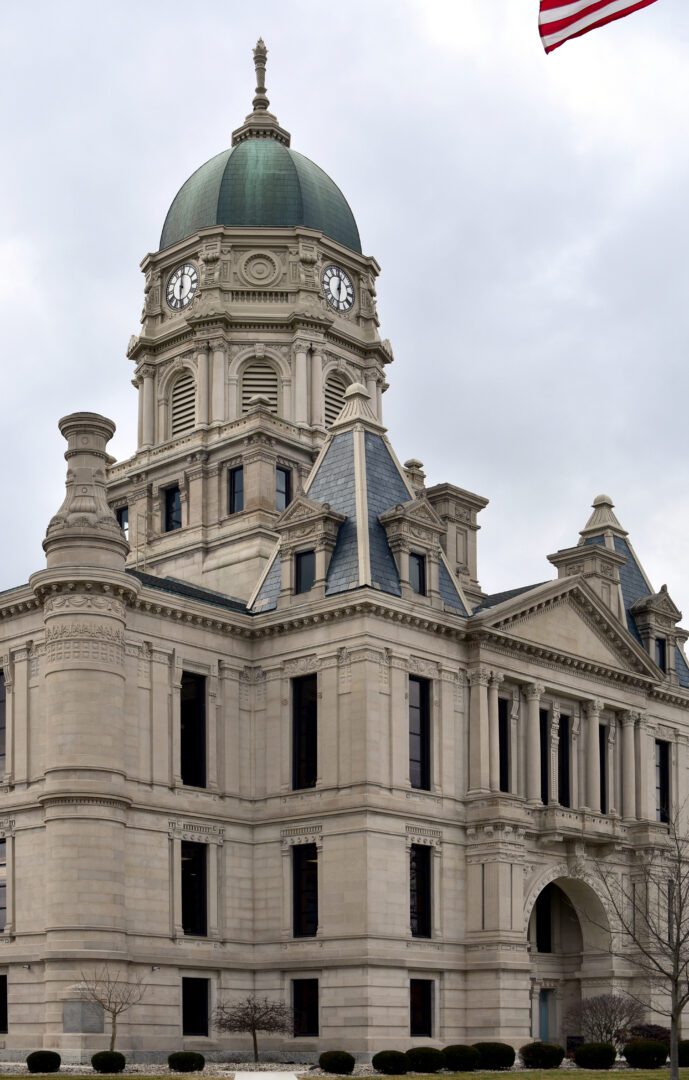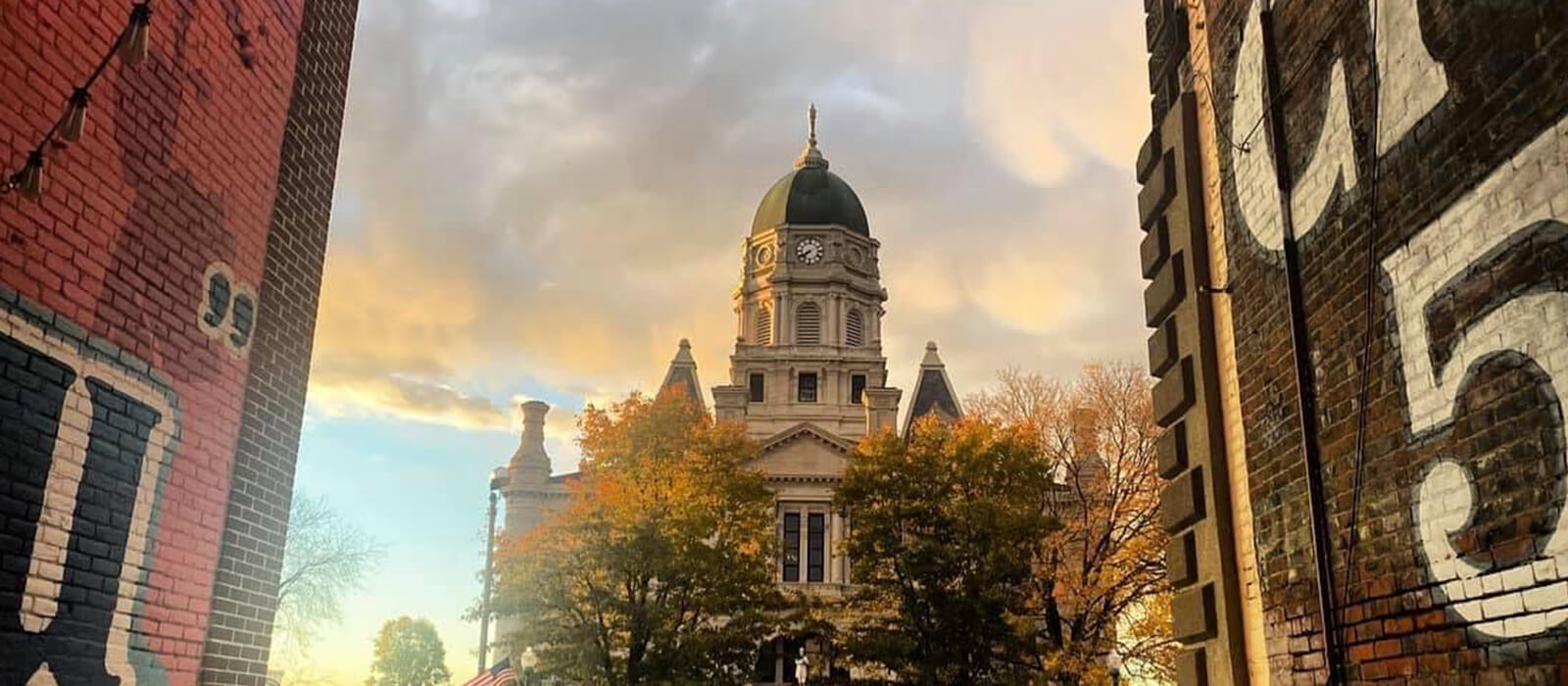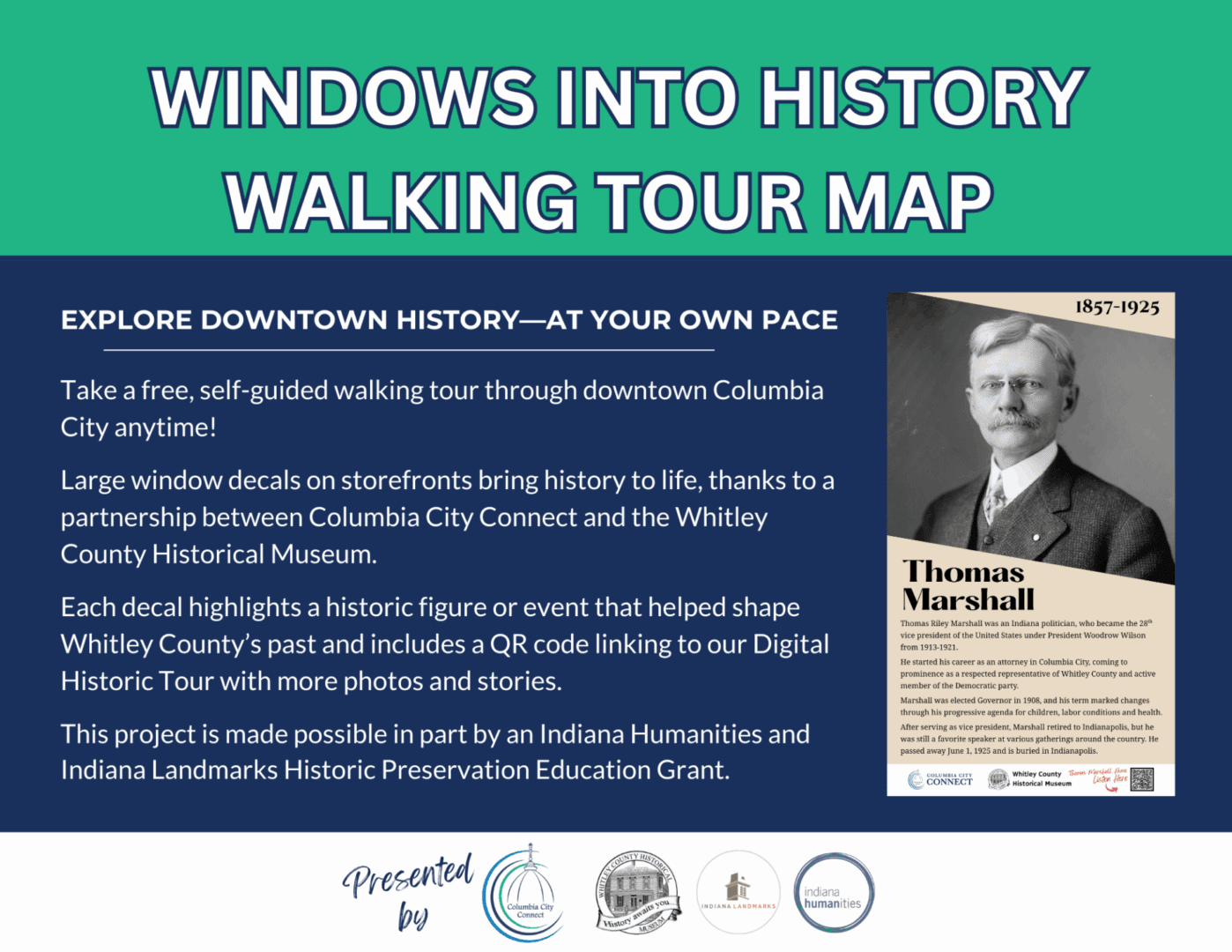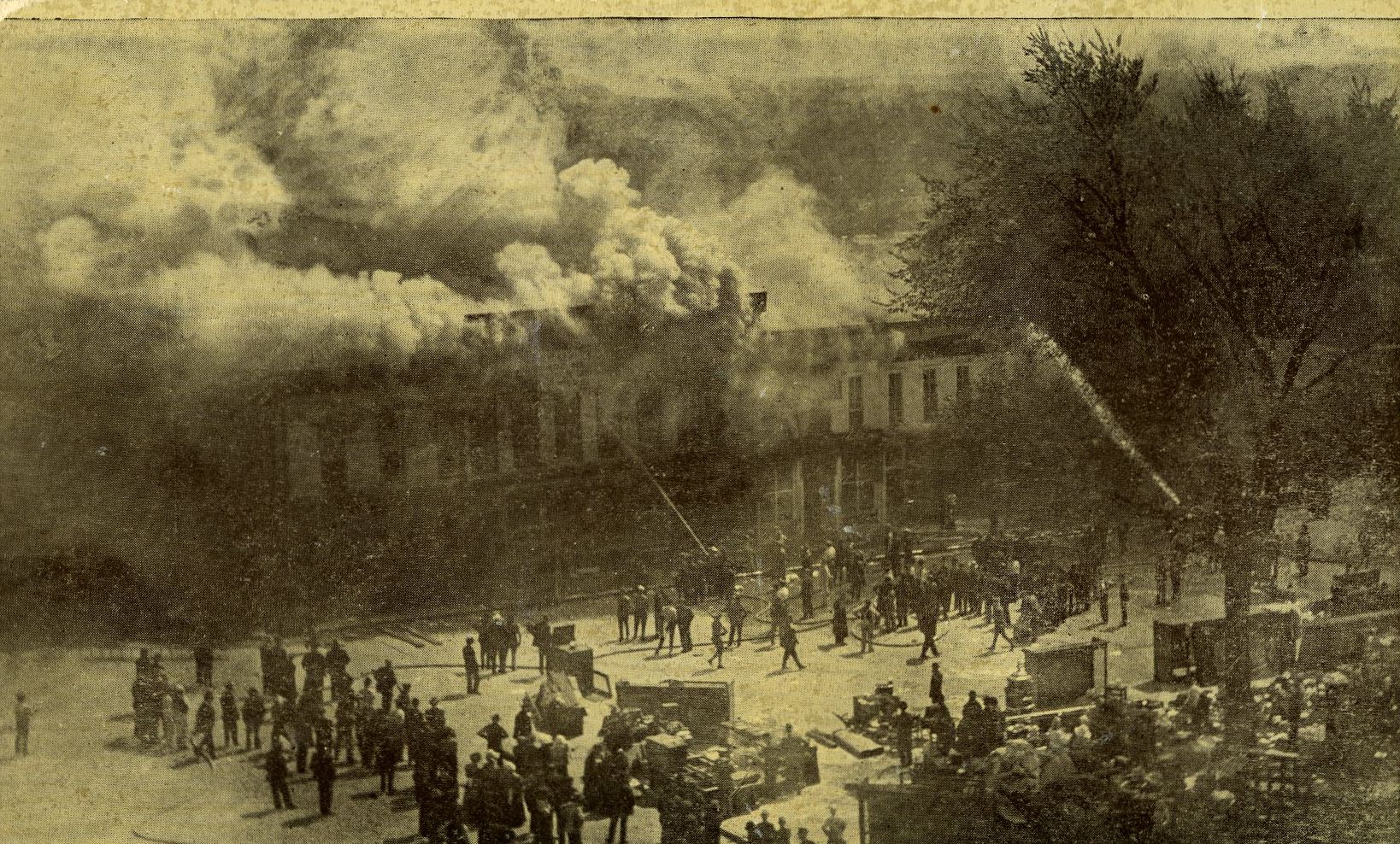Downtown Columbia City History Tour Stop 9
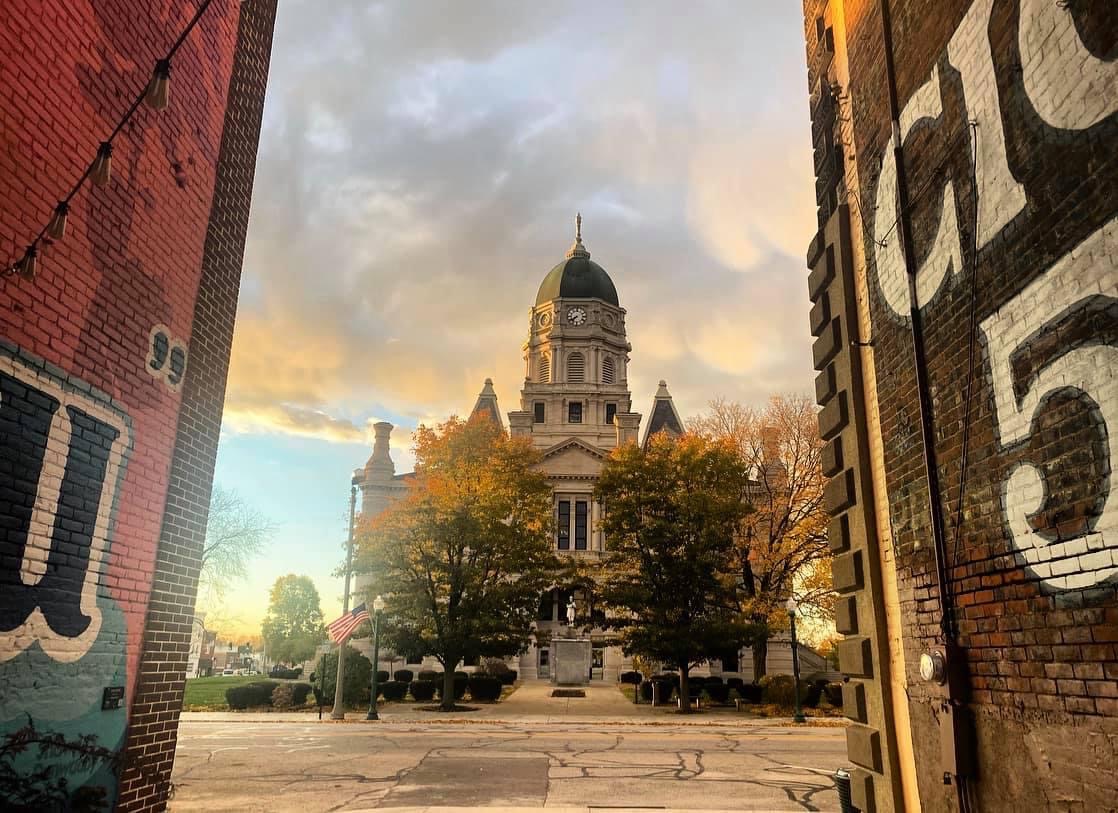
Three Courthouses in 180 Years
Over the past 180 years, Whitley County has been home to three distinctly different courthouses—each reflecting the growth and evolution of Columbia City and its people.
The First Courthouse: Humble Beginnings
The original courthouse wasn’t even built on the square. It stood where Columbia City Hall stands today. This modest two-story structure measured only 18 feet wide by 36 feet long. The first floor was an open space used for public meetings and court proceedings. The upstairs was divided into two rooms—one used by the clerk and recorder, the other by the treasurer and sheriff.
Within just eight years, the building proved too small for the county’s needs. It was moved to a location on Whitley Street, where it still stands today as a private residence.
The Second Courthouse: A Grand Expansion
By around 1850, Whitley County constructed its second courthouse—a two-story, 50-foot-square building featuring a cupola on the roof, which housed the courthouse bell (purchased in 1853). This building had offices on the first floor, while the second floor doubled as a courtroom, political convention hall, lecture hall, community meeting room, and even a place for church services.
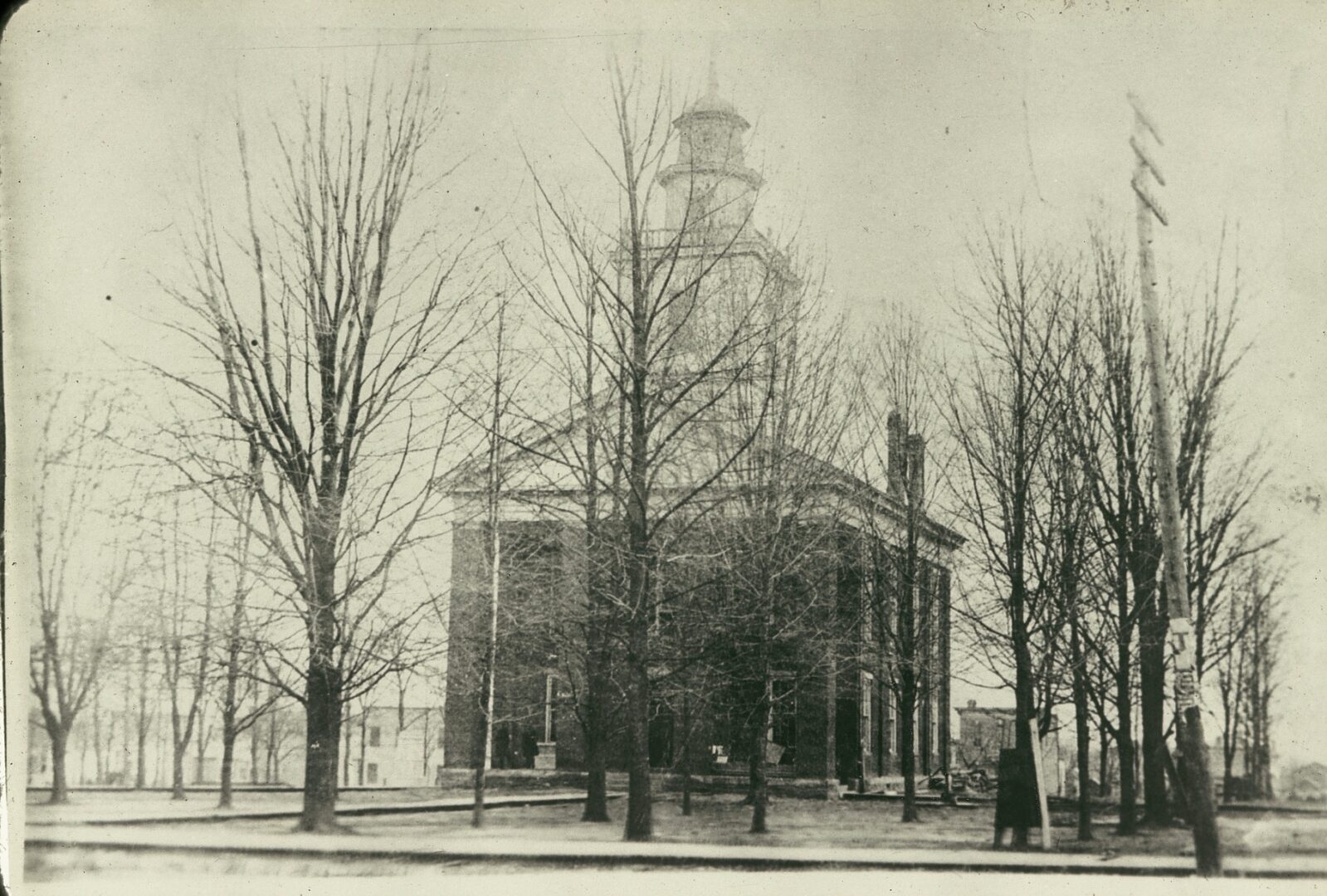
Despite its usefulness, the ornate cupola and bell posed problems. Persistent leaks plagued the structure, requiring repairs at least a dozen times over the building’s 40-year lifespan.

The Third Courthouse: A Community Divided and United
By 1887, many residents felt the county had outgrown its courthouse yet again. However, the community was divided—some advocated for a new building, while others saw it as an unnecessary expense. After much debate, a consensus was finally reached.
Fort Wayne architect Brentwood Tolan was commissioned to design a new courthouse. During construction, county business was temporarily conducted at the southeast corner of Main and Market Streets—where Reeg Automotive now stands.
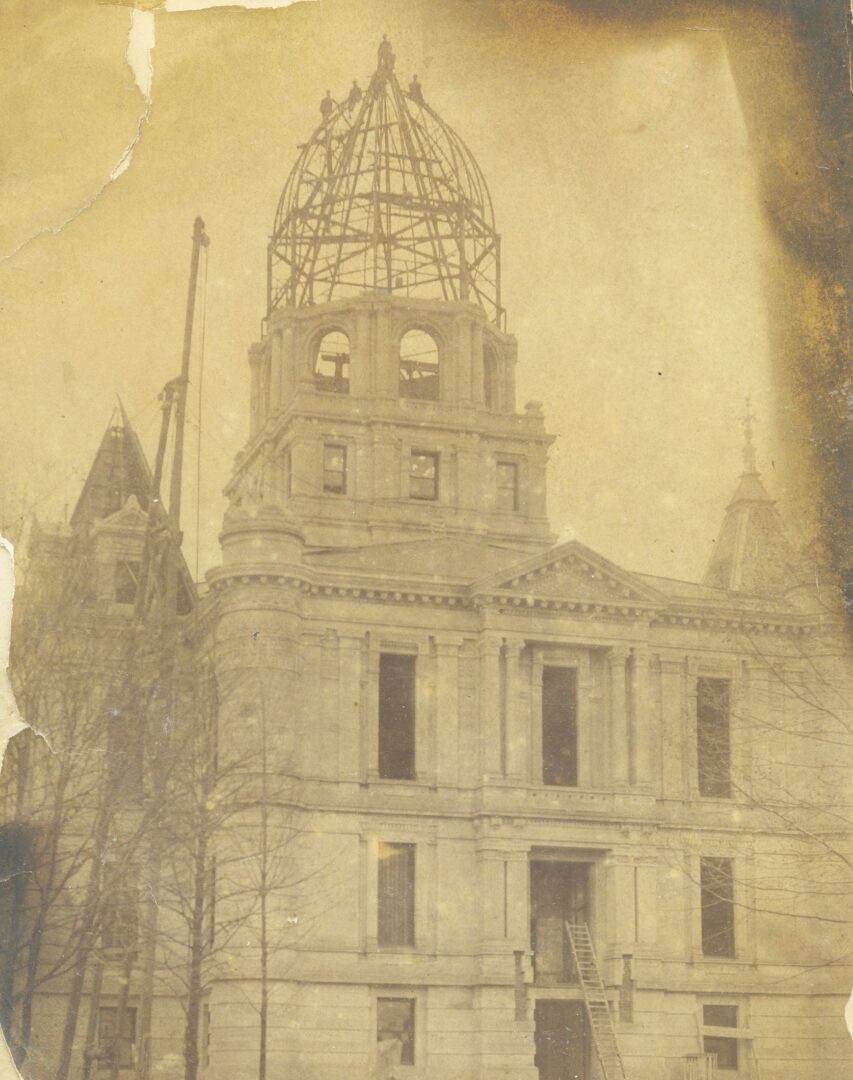
Construction of a Landmark
Construction began on May 14, 1888. The scale and craftsmanship of the new courthouse were impressive. Materials used included:
- 2,000,000 bricks
- 2,400 cubic feet of Indiana limestone
- 500,000 pounds of iron in the floors, beams, roof, and tower
- 10,000 pounds of iron in stairs, windows, and shutters
- 1,160 square feet of copper in the dome and gutters
- Over 1,000 feet of glass tile
Finials and Heating: Details of Design and Utility
Early photographs show decorative finials at each corner of the courthouse. These finials—common in Romanesque and Gothic architecture—featured a central vertical point surrounded by four projecting elements. While visually striking, the corner finials were removed during renovations in the mid-1900s.
At the same time, the original steam heating system, powered first by a separate boiler building and later by the City Light plant, was deemed inefficient. It was replaced by an 1,800-gallon oil tank and modern heating unit installed inside the courthouse.
Dedication and Legacy
The new Whitley County Courthouse was officially dedicated on June 14, 1890. Since then, numerous renovations have helped preserve its structure and beauty. In more recent years, the construction of a county government annex has reduced foot traffic and stress on the historic building.
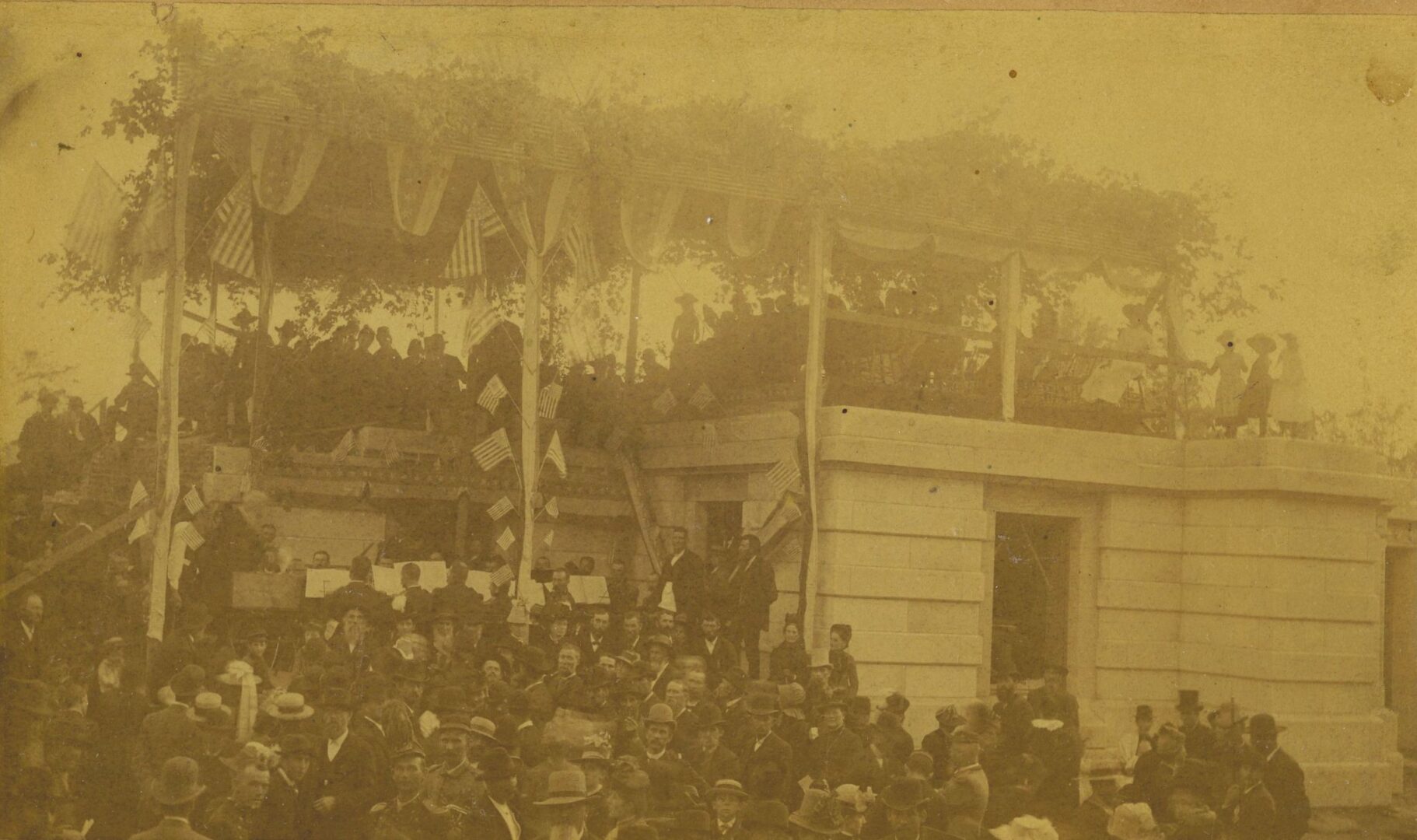
Now more than 130 years old and listed on the National Register of Historic Places, the courthouse remains a proud symbol of Whitley County. It stands tall—welcoming home residents and greeting visitors with its dignified presence at the heart of Columbia City.
Thank you to Pam Koch and Doug Clark for their outstanding research and writing of the article and the Whitley County Historical Museum for generously sharing photographs from their collection. Thank you to Columbia City High School’s WJHS 91.5 The Eagle for producing the audio recording.
